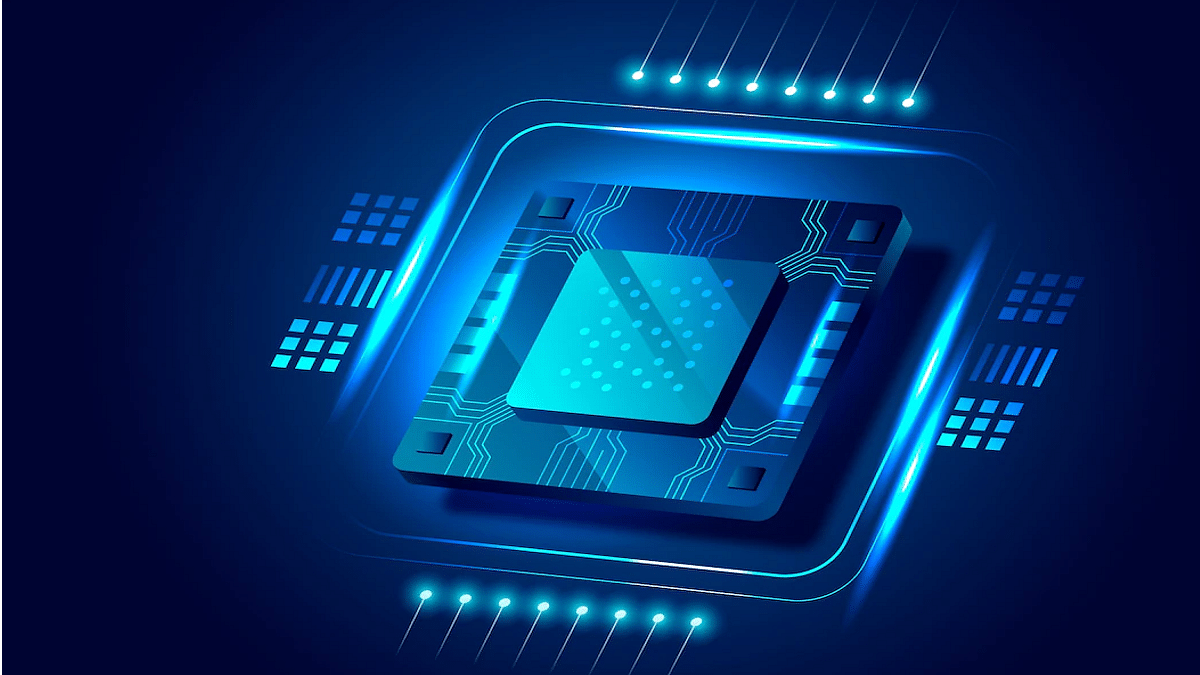Key Highlights
- Both Snapdragon 695 and Dimensity 1080 are premium mid-range mobile SoCs
- Snapdragon 680 chipset features Adreno 619 GPU
- Dimensity 1080 SoC comes with Mali
Snapdragon 695 chipset is one of the most powerful mid-range 5G chipsets for Android devices released by Qualcomm this year. It has been used in several popular smartphones and even tablets this year. We have seen a bunch of other high-end mid-range chipsets launched in 2022 including the Dimensity 1080. If you have been following us, we have done multiple comparison articles between multiple mobile processors. This article is centered around the CPU, GPU, and hardware differences between the Dimensity 1080 and the Snapdragon 695.
Also Read: Qualcomm Snapdragon 780G Vs MediaTek Dimensity 8200 5G: Best Future Ready Gaming Chipset Comparison
Qualcomm Snapdragon 695 Vs MediaTek Dimensity 1080: CPU Comparison
| Features | Qualcomm Snapdragon 695 | MediaTek Dimensity 1080 |
| CPU | octa-core | octa-core |
| GPU | Adreno 619 | Mali-G68 MC4 |
| Memory | LPDDR4 | LPDDR5 |
| Storage | eMMC 5.1 and UFS 2.2 | UFS 2.2 and UFS 3.1 |
| Fabrication | 6nm | 6nm |
A 6nm TSMC process has been by both Qualcomm and MediaTek to design the Snapdragon 695 5G and Dimensity 1080 5G processor. The core cluster is octa-core with the Snapdragon 695 chipset featuring Cortex-A78 cores with 2.2GHz and six Cortex-A55 cores with 1.7 GHz. The Dimensity 1080 5G chipset’s CPU cluster features two Cortex-A78 cores with 2.6GHz clock speed and six Cortex-A55 cores with 2GHz clock speed.
The frequency response range is 2200MHz delivered by the SD 695 SoC using the ARMv8.2-A instruction set. The same instruction set is used by the Dimensity 1080 chipset and the frequency response is 2600MHz. Both the chipsets have an equivalent CPU performance that is powerful to handle all the required tasks.
Snapdragon 695 Vs Dimensity 1080 Chipset: GPU Comparison
In terms of GPU, the Snapdragon 695 5G processor comes with Adreno 619 GPU to handle all demanding graphics with apps. GPU frequency with this processor is 840MHz and the shading units are 128. The Mali-G68 MC4 GPU is used by the Dimensity 1080 chipset with 64 shading units. Both these processors’ GPUs have 1.1 Vulkan, 2.0 OpenCL, and 12 DirectX versions.
Qualcomm Snapdragon 695 Vs Dimensity 1080 SoC: Memory, Multimedia (ISP)
MediaTek has opted for a better memory type for the Dimensity 1080 chipset compared to Qualcomm. While the Snapdragon 695 chipset features LPDDR4 RAM, the Dimensity 1080 processor has the LPDDR5 RAM type which is comparatively better than what the SD 695 offers. The memory frequency offered is 2133 MHz and 3200 MHz by Snapdragon 695 and Dimensity 1080 chipset respectively. The former supports up to 8GB maximum memory type, while the latter integrates up to 16GB maximum memory.
Also Read: Qualcomm Snapdragon 778G Vs MediaTek Dimensity 900 Chipset Quick Comparison
When we speak of storage compatibility, the Snapdragon 695 5G features eMMC 5.1 and UFS 2.2, whereas, the Dimensity 1080 5G processor comes with up to UFS 2.2 and UFS 3.1 storage support. Max display and camera resolution support is 2520 x 1080 pixels and up to 108MP respectively with the Snapdragon 695 5G processor. On the other hand, the Dimensity 1080 processor supports up to 200MP camera. Video recording and playback is 1080p@60fps and 4K@30fps with the SD 695 5G and the Dimensity 1080 SoC respectively.
Also Read: Qualcomm Snapdragon 695 Vs MediaTek Dimensity 1300 5G Chipset: Quick Comparison

